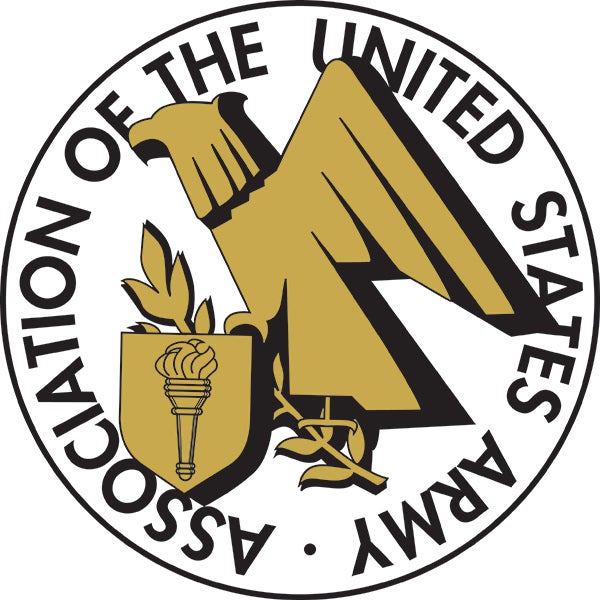AUSA Annual Meeting: Full of Must-See Events
AUSA Annual Meeting: Full of Must-See Events

Monday’s opening of the Association of the United States Army’s Annual Meeting and Exposition is chocked full of must-see events as professional military forums, seminars and presentations get under way. On the exhibit floor, there will be more than 630 displays spread over two floors of the Walter E. Washington Convention Center in the District of Columbia, including 11 international pavilions, pavilions for small businesses, veterans and Homeland Security, and a new feature called Innovator’s Corner with briefings on new ideas. About 27,000 people are expected to attend. The theme of the 60th annual meeting is “Trusted Professionals – Today and Tomorrow,” with many of the events scheduled by AUSA’s Institute of Land Warfare targeted to that notion. Monday’s big events include a scene-setting speech by Secretary of the Army John M. McHugh, a panel discussion on the new Army Ethic that includes Army Chief of Staff Gen. Raymond Odierno, and a potentially lively forum about implementing the Army’s Total Force Policy that will be led by Gen. Mark A. Milley, the U.S. Army Forces Command commanding general. A forum for non-commissioned officers and soldiers, led by Sergeant Major of the Army Raymond F. Chandler, will start the day but the opening ceremony begins at 9:30 a.m. with McHugh’s address. McHugh’s concerns about today’s Army are no secret. In the Green Book issue of ARMY Magazine, he said, “Our shrinking federal budget, coupled with the Army’s withdrawal from active combat in Afghanistan, have the Chief and me continually assessing the impacts on Army end strength, modernization and readiness. As I see it, history, at this moment, is repeating itself as much as it rhymes. The bad news: Here we are … again. The good news: We’ve seen this all before.” “I believe that our Army, under current budget plans, is properly sized, but we’re still not supporting it with proper readiness dollars despite the budget relief we gratefully received,” McHugh wrote. “It doesn’t mean we can go every place in the world, whenever we want, but it does mean that if we’re deliberate and thoughtful about our priorities and our interests—that precious balancing act—then our Army, together with our tremendous joint force, can manage the security interests of the nation. Again, we’ve got to work to find the proper balance, and we will.” The Army Ethic, a 10-item list of principles, was released in July. In a foreward to the White Paper on the topic, Odierno says this is a “strategically important initiative.” “As we move further into the 21st Century, complete operations in Afghanistan, and preserve the legacy of honorable service and sacrifice we have all made during the last thirteen plus years of continuous conflict, we find ourselves in a period of strategic transition which presents tremendous opportunities for the profession,” he wrote. “The Army should be the nation’s leading institution for human capital and ethical development. To become that leader, we must intensify our understanding of what it means for the Army to be a profession.” His participation in the Monday afternoon Contemporary Military Forum on the topic is a sign of his seriousness on the issue, and also a sign of where the theme came for the annual meeting.

